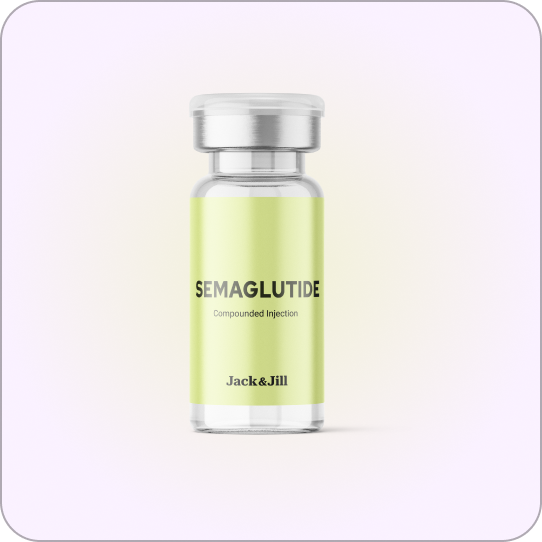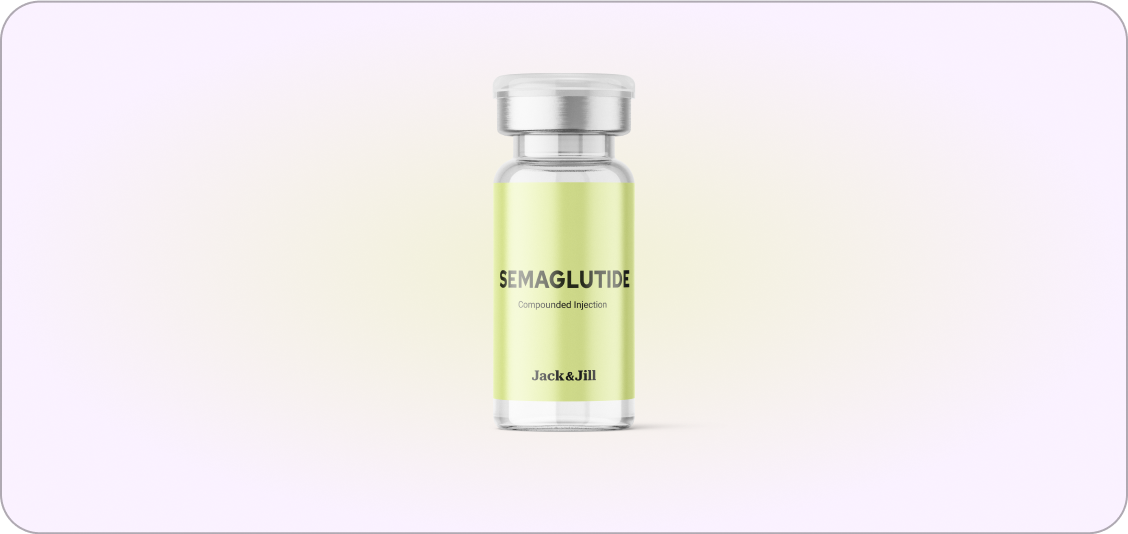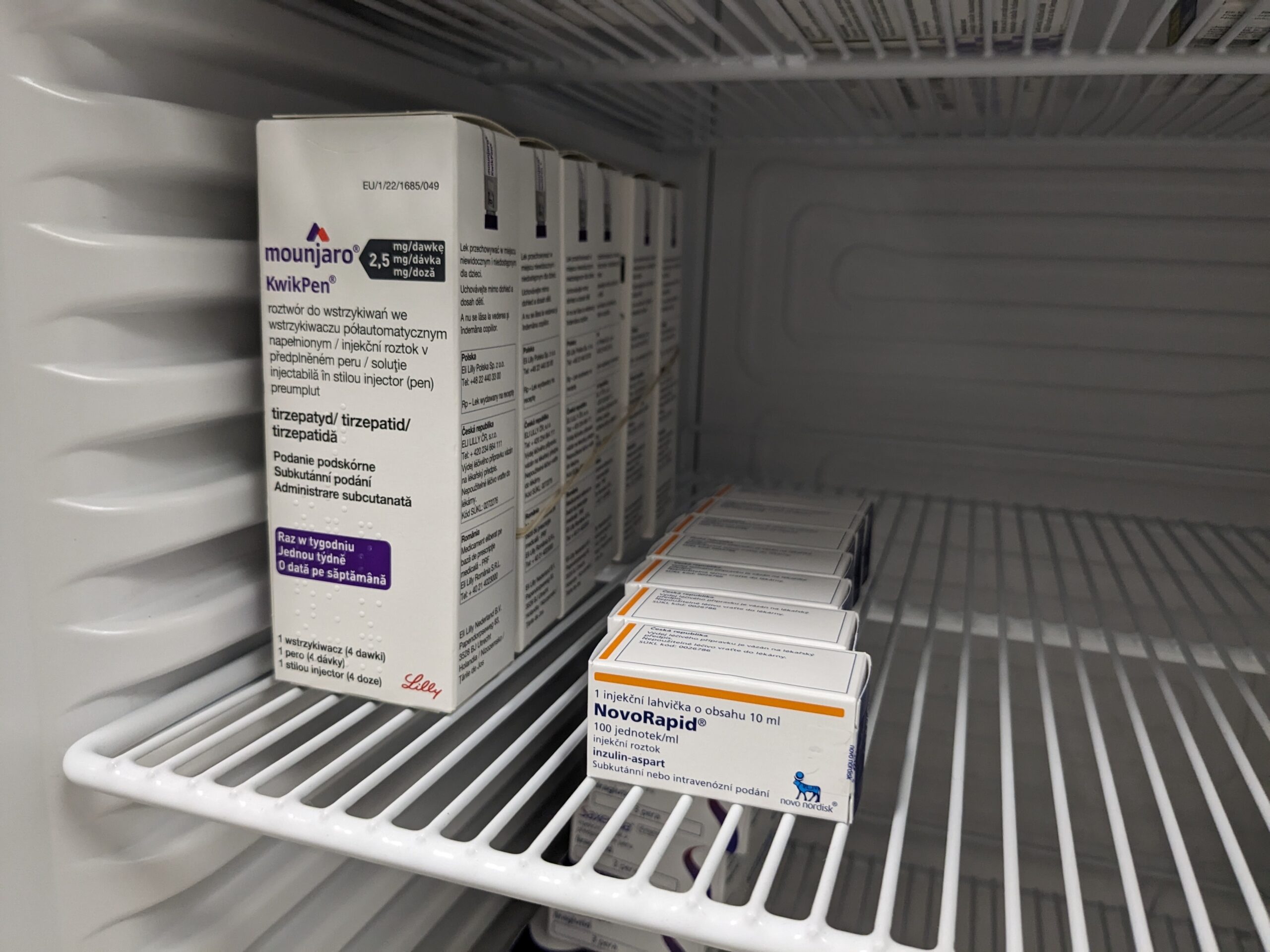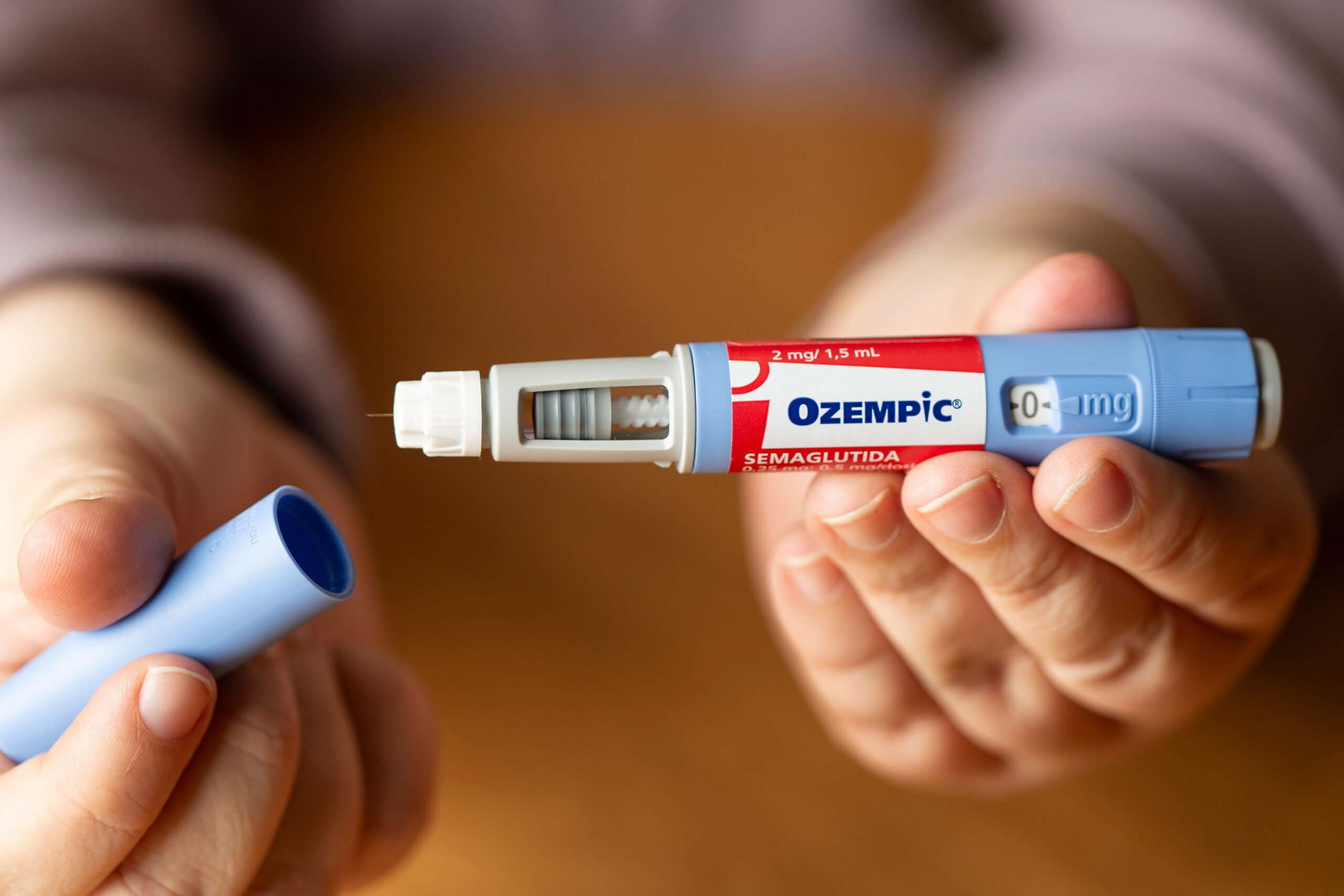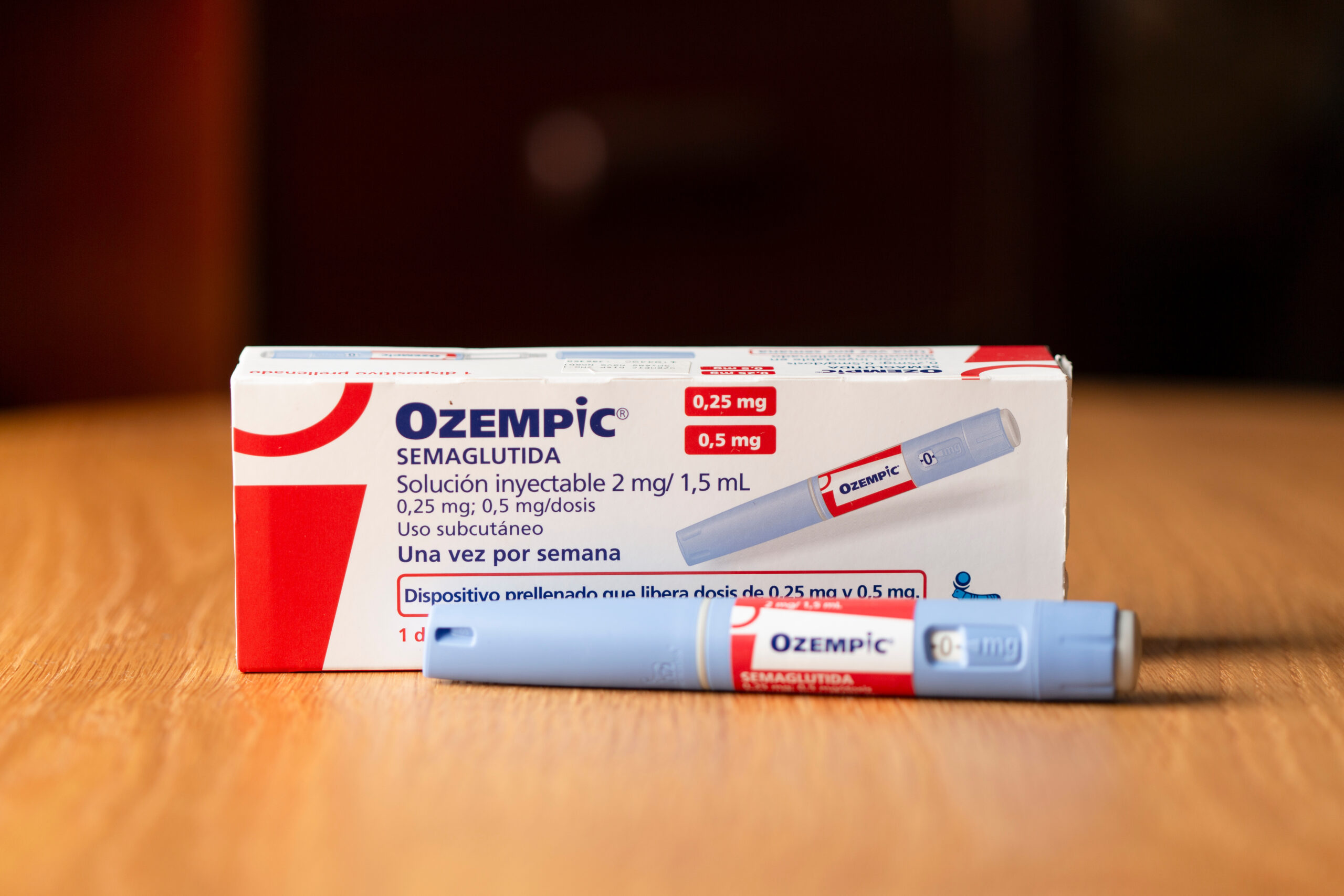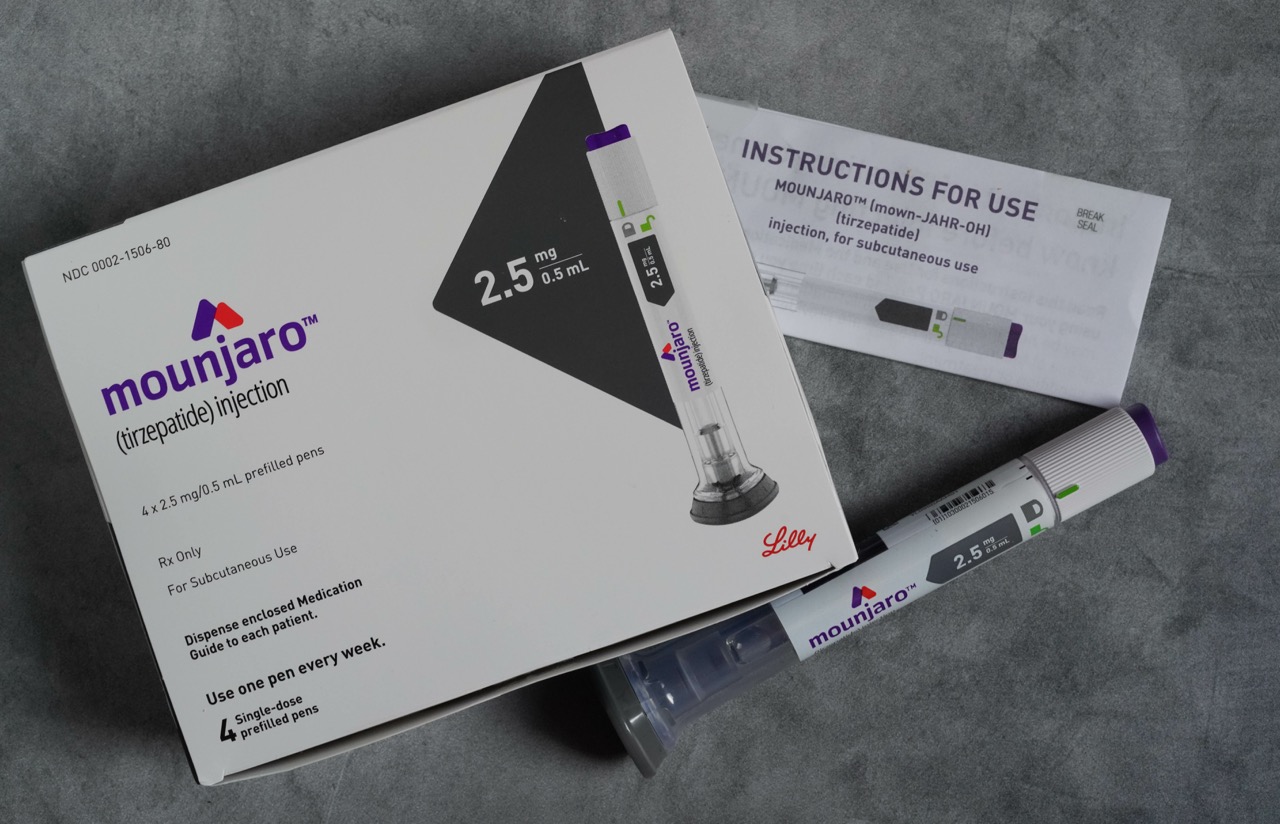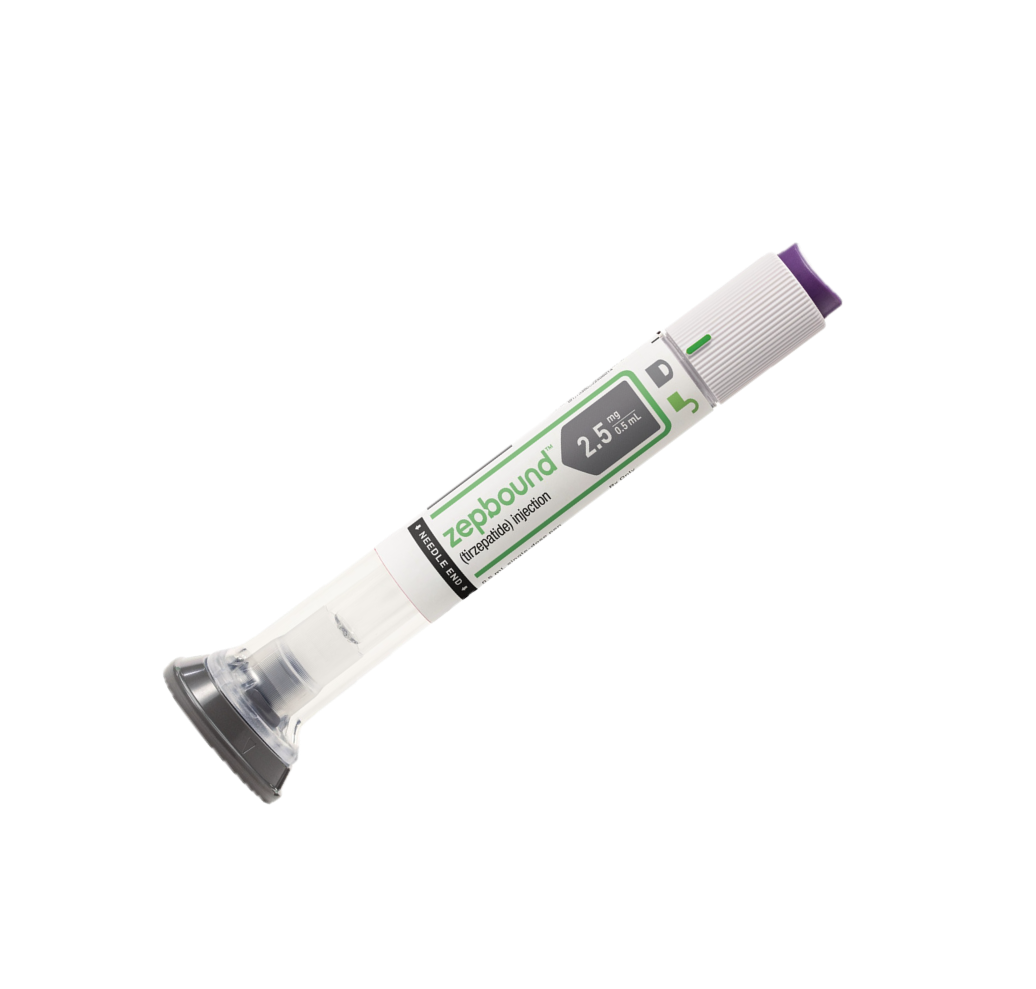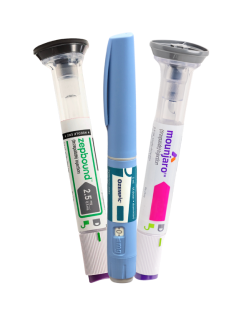When it comes to choosing a weight loss injection, it’s essential to understand the various options available in the market. Here are the details of the different types of weight loss injections:
Semaglutide (Wegovy, Ozempic)
Semaglutide, marketed as Wegovy and Ozempic, works by mimicking the hormone GLP-1. It helps to regulate appetite and blood sugar levels.
Approved by health authorities, including the FDA, for both weight management and diabetes control, Semaglutide is highly effective. It reduces hunger, leading to lower calorie intake and weight loss. To learn more about how Ozempic can be used for weight loss, check out using Ozempic to lose weight.
The typical cost of Ozempic ranges from $800 to $1,200 per month without insurance, while the cost with insurance varies significantly based on coverage.
Factors influencing these costs include dosage requirements, specific insurance plans and coverage, and the pharmacy and location where the medication is purchased.
Tirzepatide (Zepbound, Mounjaro)
Tirzepatide, marketed as Zepbound and Mounjaro, is a dual-action medication that targets both GIP and GLP-1 receptors. It enhances insulin sensitivity and reduces appetite.
Clinical trials have shown significant weight loss and improved blood sugar control in patients using Tirzepatide, making it highly effective for both diabetes and weight management.
The cost without insurance is approximately $1,000 to $1,500 per month, while the cost with insurance depends on coverage. Tirzepatide is widely available through licensed pharmacies, but there are currently no generic versions available.
When purchasing Mounjaro, it’s crucial to ensure you’re getting the real product. Learn more about how to spot fake Mounjaro.
Liraglutide (Saxenda)
Liraglutide, marketed as Saxenda, functions by mimicking the GLP-1 hormone. It helps regulate appetite and increase feelings of fullness. This action reduces food intake, leading to weight loss.
Liraglutide is also used to improve blood sugar control in individuals with type 2 diabetes, making it a dual-purpose treatment.
The cost without insurance is around $1,200 to $1,400 per month, while the cost with insurance varies based on coverage. Some insurance plans cover Saxenda, but coverage often depends on medical necessity and specific plan details.
Orlistat (Xenical and Alli)
Orlistat, available as Xenical (prescription) and Alli (over-the-counter), aids weight loss by blocking the absorption of dietary fat in the intestines. This action reduces calorie intake, helping you lose weight.
Orlistat is particularly effective when combined with a low-fat diet and regular exercise, enhancing its weight loss benefits.
The price difference between the two forms is notable: Xenical typically costs around $60 to $100 for a 30-day supply, while Alli generally costs about $50 to $70 for a 60-capsule pack.
Factors influencing these costs include dosage and frequency, insurance coverage for Xenical, and retailer pricing for Alli.
Phentermine-Topiramate (Qsymia)
Phentermine-Topiramate, marketed as Qsymia, combines two medications that work synergistically to promote weight loss. Phentermine acts as an appetite suppressant, while Topiramate enhances feelings of fullness and reduces cravings.
Together, they help individuals achieve significant weight loss, particularly when combined with lifestyle changes like diet and exercise. The cost without insurance is approximately $150 to $200 per month, while costs with insurance vary based on coverage.
Qsymia is typically taken once daily, with dosage adjustments based on individual response and tolerance. Long-term use may be necessary for sustained weight loss, and regular monitoring by a healthcare provider is recommended.
Naltrexone-Bupropion (Contrave)
Combining two medications, Naltrexone-Bupropion, marketed as Contrave, is designed to aid weight loss. Naltrexone, an opioid antagonist, reduces cravings, while Bupropion, an antidepressant, suppresses appetite. Together, they target the brain’s reward system and hunger centers, helping to control food intake and promote weight loss.
The cost without insurance is around $100 to $150 per month, while costs with insurance vary, with some plans covering it.
Patient assistance programs are available to help reduce out-of-pocket costs, with eligibility depending on income and insurance status.
Now, check out the table below to make a quick decision based on the discussed injections:
| Injection |
Mechanism |
Cost Without Insurance (Monthly) |
Cost With Insurance (Monthly) |
| Semaglutide (Wegovy, Ozempic) |
Mimics GLP-1 hormone to regulate appetite and blood sugar levels. |
$800 to $1,200 |
Varies based on coverage |
| Tirzepatide (Zepbound, Mounjaro) |
Targets GIP and GLP-1 receptors to enhance insulin sensitivity and reduce appetite. |
$1,000 to $1,500 |
Varies based on coverage |
| Liraglutide (Saxenda) |
Mimics GLP-1 hormone to regulate appetite and increase feelings of fullness. |
$1,200 to $1,400 |
Varies based on coverage |
| Orlistat (Xenical, Alli) |
Blocks absorption of dietary fat in the intestines. |
$60 to $100 (Xenical), $50 to $70 (Alli) |
Varies for Xenical, not applicable for Alli |
| Phentermine-Topiramate (Qsymia) |
Combines an appetite suppressant and a drug that enhances feelings of fullness. |
$150 to $200 |
Varies based on coverage |
| Naltrexone-Bupropion (Contrave) |
Combines an opioid antagonist and an antidepressant to reduce cravings and suppress appetite. |
$100 to $150 |
Varies based on coverage |
